Eco-Friendly Makeup Removal: Choosing Sustainable Products
In a world increasingly aware of environmental issues, sustainable practices in every aspect of our lives have become more important than ever. One area that deserves particular attention is personal care—specifically, makeup removal. The beauty industry has made strides in recent years towards more eco-friendly options, yet many consumers remain unaware of the impact traditional makeup removal methods have on the planet. This article will delve into the necessity of eco-friendly makeup removal and offer insights into sustainable product choices.
The Environmental Impact of Conventional Makeup Removal
Traditional Makeup Removers: Ingredients and Waste
Most traditional makeup removers are laden with chemicals that can be harmful to both our skin and the environment. Many commercial makeup removers contain synthetic ingredients, such as sulfates, parabens, and phthalates, which can disrupt marine ecosystems once they enter the water supply. Additionally, many of these products come in single-use packaging, contributing to the staggering amount of plastic waste each year.
Consider the following statistics:
- According to a report from the United Nations, about 300 million tons of plastic waste is produced each year, with a large portion coming from the beauty industry[^1].
- A typical woman uses around 12 personal care products daily, which can result in considerable environmental pollution over a lifetime[^2].
The Impact on Microbiomes
The chemicals found in conventional makeup removers can also disrupt the skin’s natural microbiome. This disturbance can lead to issues like acne or increased sensitivity, prompting the use of even more products that contain harsh chemicals—ultimately creating a vicious cycle[^3].
The Rise of Sustainable Makeup Removal
As awareness grows, so does the demand for sustainable options. The eco-beauty movement is encouraging consumers to reconsider how they remove their makeup. Thankfully, there are now various eco-friendly alternatives available on the market, which not only benefit the environment but also promote healthier skin.
What Constitutes Eco-Friendly Makeup Removal?
-
Biodegradable Ingredients: Eco-friendly makeup removers mainly use natural and biodegradable ingredients. These products are gentle on the skin and often free from synthetic chemicals.
-
Sustainable Packaging: Many brands are now using recyclable or compostable packaging. Eco-conscious consumers should look for products that prioritize sustainability in their packaging materials.
-
Cruelty-Free and Vegan Options: Many eco-friendly makeup removers are also cruelty-free and vegan, ensuring that no animals were harmed in the manufacturing process.
-
Refillable or Bulk Options: Some brands offer refillable packages or bulk purchasing options, which minimize waste even further, allowing you to use one container multiple times.
Hero Ingredients in Eco-Friendly Makeup Removers
When looking for effective yet sustainable makeup removers, it’s essential to know what ingredients to look for (and what to avoid).
Natural Oils
-
Coconut Oil: Known for its moisturizing properties, coconut oil can effectively dissolve makeup without harmful chemicals. Its anti-fungal properties also contribute to skin health.
-
Jojoba Oil: Similar in composition to the oil produced by our skin, jojoba oil acts as an excellent makeup remover, hydrating the skin while removing dirt and makeup.
-
Olive Oil: High in antioxidants, olive oil is not only effective for makeup removal but also beneficial for skin health.
Natural Emulsifiers
Emulsifiers, such as beeswax or candelilla wax, can help stabilize oils in makeup removers without synthetic substances. They create creamy textures that can lift makeup away easily.
Herbal Extracts
Ingredients like aloe vera, chamomile, and green tea can soothe and nourish the skin while providing effective makeup removal. These plant extracts offer natural anti-inflammatory benefits.
Recommended Eco-Friendly Makeup Removal Products
Cleansing Balms
Cleansing balms have gained popularity in recent years as they often contain natural oils and emulsifiers. These balms melt into the skin and effectively break down makeup while nourishing the skin.
-
Burt’s Bees Cleansing Oil: This product combines natural oils with a silky texture, effectively removing makeup while leaving your skin hydrated.
-
Farmacy Green Clean Makeup Meltaway Cleansing Balm: This product is formulated with sunflower and ginger root oils to efficiently remove even the most stubborn makeup.
Micellar Water
Micellar water is an excellent option for a gentle cleanse without harsh chemicals.
-
Simple Kind to Skin Micellar Cleansing Water: This formula features skin-loving ingredients like vitamins B and E, making it suitable for all skin types.
-
Burt’s Bees Micellar Cleansing Water: Made with 99% natural ingredients, this product is designed to remove makeup and impurities while moisturizing the skin.
Reusable Makeup Remover Pads
Instead of throwing away cotton rounds after each use, consider using reusable makeup remover pads.
-
Caire Beauty Reusable Makeup Remover Pads: These pads are made from organic bamboo and can be washed and reused for a sustainable alternative to traditional cotton rounds.
-
Bamboo Cotton Pads: Similar to traditional cotton pads but made from bamboo, these are soft, biodegradable, and often come in compostable packaging.
DIY Eco-Friendly Makeup Removers
For the more hands-on consumer, creating a DIY makeup remover can be an exciting and sustainable option.
Coconut Oil and Jojoba Oil Mix
Ingredients:
- 1 tablespoon coconut oil
- 1 tablespoon jojoba oil
Instructions:
- Mix both oils in a small container.
- Use with a cotton pad or your fingers to gently remove makeup.
Aloe Vera and Witch Hazel
Ingredients:
- 2 tablespoons aloe vera gel
- 1 tablespoon witch hazel
Instructions:
- Mix the ingredients in a small spray bottle.
- Shake well before use and apply with a cotton pad or directly with fingers.
Chamomile Tea Infusion
Ingredients:
- 1 cup chamomile tea (cooled)
- 1 tablespoon coconut oil
Instructions:
- Brew chamomile tea and let it cool.
- Mix it with coconut oil and store it in a bottle.
- Use to cleanse your face while enjoying its calming properties.
The Role of Education and Awareness
While choosing eco-friendly makeup removal methods is crucial, awareness and education play a vital role in influencing consumer behavior. Brands and influencers must engage in sustainable practices and advocate for eco-friendly products.
Social Media Campaigns
Social media is a powerful tool for educating consumers about the environmental impacts of traditional beauty products. Influencers can introduce their followers to sustainable brands and share personal experiences with eco-friendly makeup removers.
Transparency and Branding
Brands must be transparent about their ingredients and manufacturing processes. Certifications such as cruelty-free, vegan, and biodegradable enhance consumer trust and encourage more people to make sustainable choices.
Community Initiatives
Local communities can organize workshops or events focused on eco-friendly beauty practices. These events can encourage individuals to share experiences and learn from one another.
Challenges Facing the Eco-Friendly Makeup Removal Market
While the demand for sustainable products is growing, several challenges persist in promoting eco-friendly makeup removers.
Higher Costs
Eco-friendly options can sometimes come with a higher price tag due to the use of natural ingredients and sustainable packaging. This can deter consumers who are unwilling to spend extra money on their beauty routines.
Limited Availability
Many consumers may not have easy access to eco-friendly products, particularly those living in rural areas or regions where sustainable brands are not readily available.
Misinformation
With the rapid growth of the green beauty market, misinformation can spread easily. Consumers need reliable resources to help them differentiate between genuinely sustainable products and green-washed options.
Conclusion
Eco-friendly makeup removal is an essential consideration for those wishing to adopt a more sustainable lifestyle. By opting for biodegradable ingredients, supporting sustainable brands, and possibly even making your own products, you can contribute positively to the environment while caring for your skin.
Though challenges remain, ongoing efforts to promote eco-friendly practices will undoubtedly propel the beauty industry toward sustainability. As consumers become more educated and invested in their choices, we can hope for a future where beauty and sustainability coexist harmoniously.
References
[^1]: United Nations. (2020). Global Plastics Outlook: Economic Drivers, Environmental Impacts and Policy Options.[^2]: Black, Z. (2021). The Environmental Impact of Personal Care Products. Journal of Environmental Science.
[^3]: Williams, L. (2019). Microbiome and Personal Care: An Emerging Connection. Skin Health Journal.
This document is a comprehensive look into the world of eco-friendly makeup removal, highlighting the importance of sustainability and providing actionable advice for consumers. Remember, every small change counts!




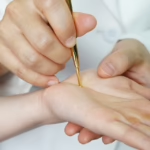









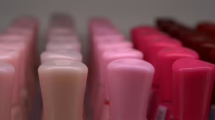
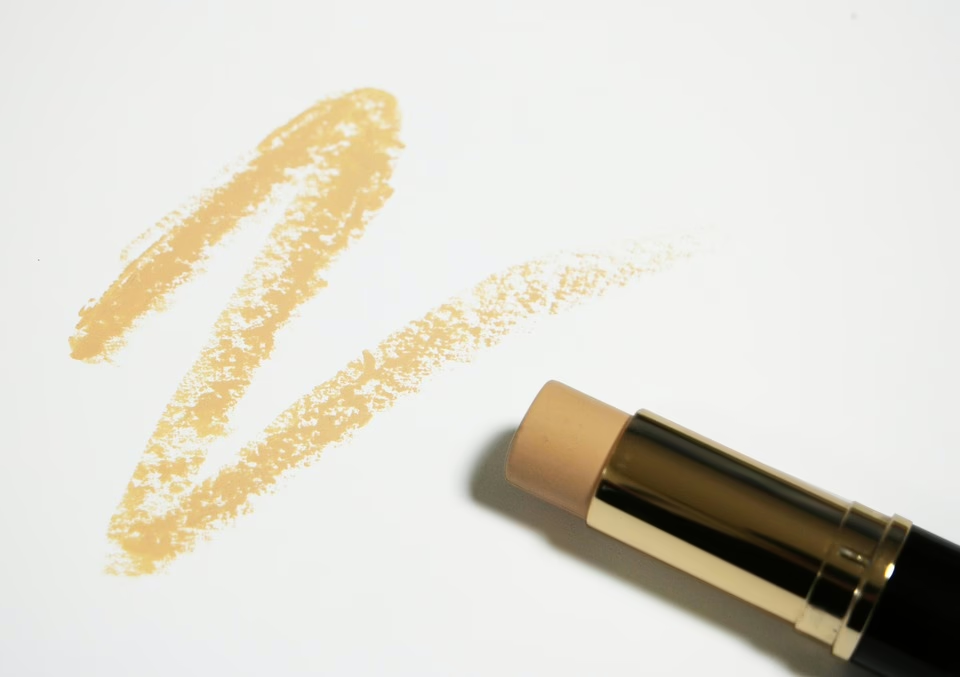

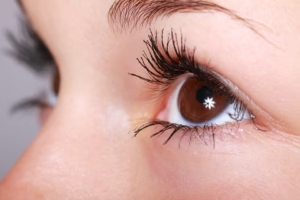


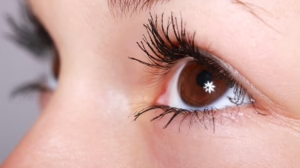





Add Comment